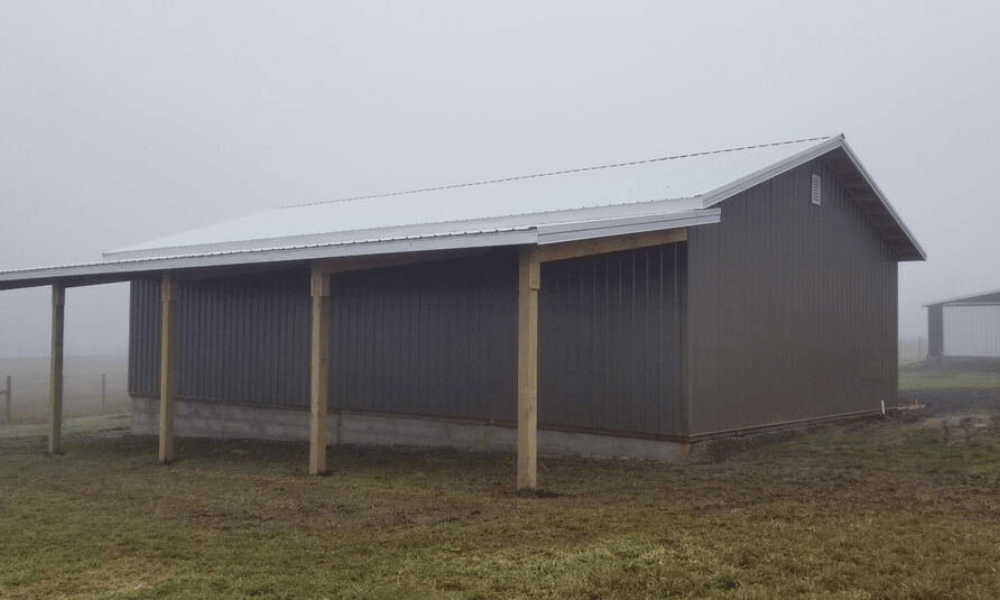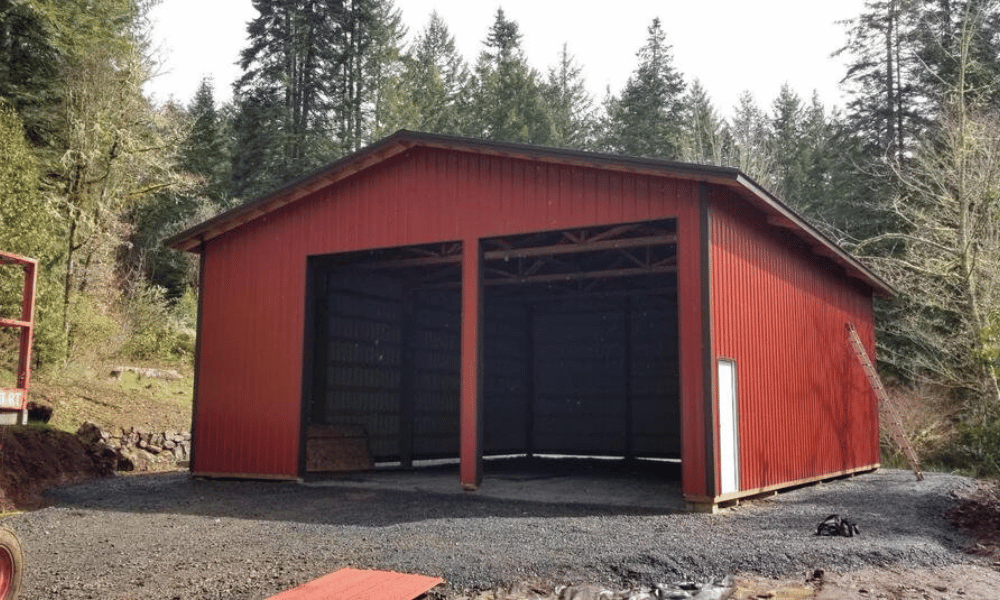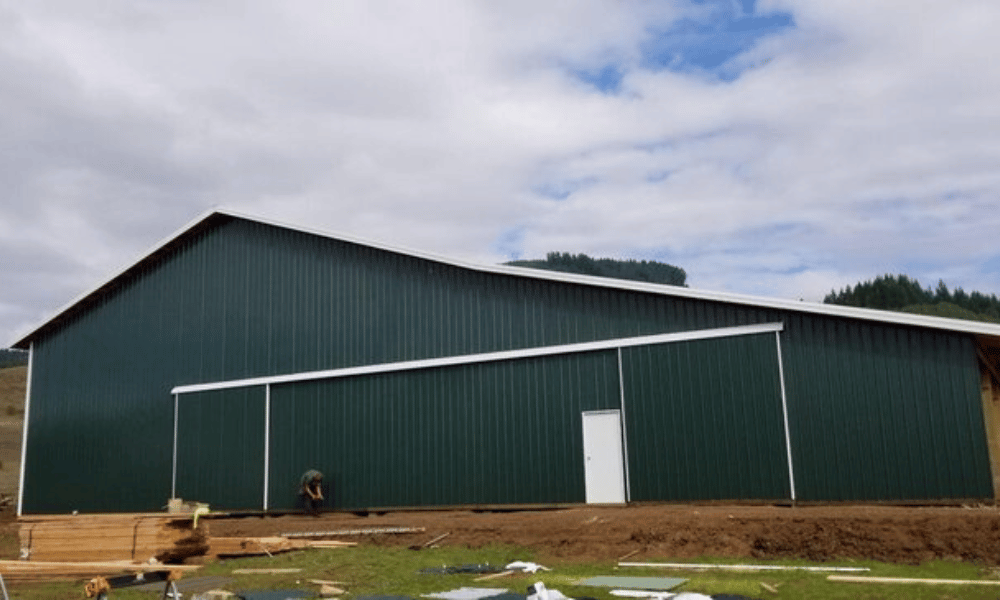Introduction
When it comes to constructing an outbuilding, whether for storage, personal projects, or simply a place to park your car, the decision between a pole building and a traditional garage can feel daunting. Both options have their unique advantages and downsides, making it essential to understand what each structure http://johnnynszr883.lowescouponn.com/smart-storage-solutions-for-seasonal-items-in-your-pole-barn offers. This guide will navigate you through the ins and outs of choosing between these two types of buildings. So grab your toolbox; we're about to dive deep into the world of pole buildings versus garages!
What are Pole Buildings?
Pole buildings, often referred to as pole barns, are structures supported by vertical posts set into the ground. They usually feature a wide-open interior space without the need for internal load-bearing walls. This design provides versatility in usage—think of vast workshops, storage areas for farming equipment, or even cozy hobby spaces.

Advantages of Pole Buildings
Cost-Effective Construction- One of the most appealing aspects of pole buildings is their affordability. The materials used are generally less expensive than those required for traditional garages.
- With fewer materials and simpler designs, pole buildings can be erected much faster than conventional structures.
- Whether you want a rustic barn aesthetic or something sleek and modern, pole buildings can be customized extensively.
- Without internal walls limiting your layout options, you get maximum flexibility in how you utilize the space.
- Built with sturdy materials designed to withstand weather conditions, pole buildings can last for decades when properly maintained.
Disadvantages of Pole Buildings
While they offer many benefits, pole buildings do come with some drawbacks:
- Limited Insulation Options: Depending on how they are constructed, insulation may not be as effective. Aesthetic Concerns: Some people find them less visually appealing compared to traditional garages. Zoning Restrictions: In some areas, there may be regulations regarding pole building constructions that could complicate your plans.
What is a Garage?
Garages have been a staple in residential construction for decades. Typically built from concrete or wood framing covered by siding or brickwork, garages serve as dedicated parking spaces but can also house tools and supplies.

Advantages of Garages
Enhanced Security- A garage provides protection from theft and vandalism more effectively compared to open structures.
- Most garages include insulation options that help keep vehicles and tools protected from extreme temperatures.
- Garages can easily blend with home architecture and boost property value with their polished appearance.
- Many homeowners convert garages into workshops or additional living spaces due to their sturdy construction.
Disadvantages of Garages
Despite their popularity, garages have some downsides as well:
- Higher Initial Costs: Building a traditional garage usually requires more investment in terms of materials and labor. Longer Build Times: Constructing a proper garage takes time due to its complexity. Space Constraints: Unlike pole buildings that offer expansive interiors, garages may feel cramped if not designed carefully.
Your Guide to Choosing Between a Pole Building and a Garage
So you're standing at the crossroads—should you invest in a pole building or go for that classic garage? Here’s what you need to consider:
Space Requirements
How Much Space Do You Need? If you're looking at storing large equipment like tractors or boats, pole buildings might be your best bet due to their expansive interior design.
Do You Want Additional Rooms? Consider whether you want separate rooms within your structure for workshops or storage; this might sway you toward a garage design which can physically separate spaces better than an open-plan barn-style building.
Budget Considerations
What’s Your Budget Range? If budget constraints are tight right now but you're eager for additional space ASAP, then opting for an economical pole building would make sense!
Long-Term Investment vs Short-Term Savings While garages require more upfront investment, they can yield higher property values later on—think about what aligns with your long-term planning goals!
Local Regulations & Zoning Laws
Before diving headfirst into construction plans:
Have You Checked Local Bylaws? Zoning laws vary widely; some neighborhoods may restrict certain types of builds based on aesthetics or land use—be sure you've done your homework first!
Permitting Process? Understand what permits you'll need beforehand; securing permissions can save headaches later down the line.
FAQ Section
1. What is the average cost difference between a pole building and a garage?
The average cost of constructing a basic pole building ranges from $10-$30 per square foot while traditional garages typically run anywhere from $50-$150 per square foot depending on materials used and complexity of design.
2. How long does it take to build each type?
Pole buildings usually take around 1-3 weeks depending on size; whereas garages may take 4-8 weeks due to more intricate designs requiring planning approval before construction starts.
3. Can I insulate my pole building?
Absolutely! While traditionally less insulated than garages by default—insulating panels or spray foam insulation can make all the difference when it comes down to energy efficiency in colder climates!
4. Are there financing options available for these projects?
Many contractors offer financing packages tailored specifically towards construction projects—make sure you inquire during consultations so that financing fits comfortably within your budget!
5. Will having either structure improve property value?
Undoubtedly! Both types provide useful functionality while enhancing curb appeal which could positively impact overall market value when selling your home later down the road!
6. Can I convert my garage into other uses later on?
Yes! Many homeowners take advantage of existing garage space by converting it into workshops or even recreational rooms—a versatile choice indeed!
Conclusion
Choosing between a pole building and a garage isn't just about aesthetics; it's about understanding your needs—whether that's maximizing storage potential or ensuring durability through varying weather conditions over time! By considering factors like budget constraints, local regulations/zoning laws alongside personal preferences—you'll find yourself well-equipped with knowledge leading up toward making an informed decision that suits both current lifestyle choices along future aspirations too!

In essence, whether you're leaning towards those rugged yet functional pole buildings or favoring classic charm found within structured garages—the ultimate decision must reflect who YOU are as well as what fits best within YOUR unique circumstances! Happy building!